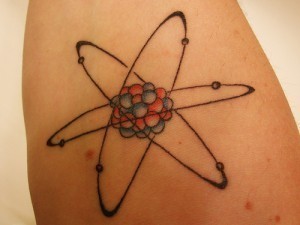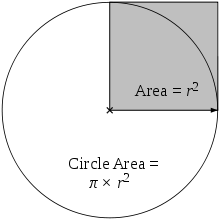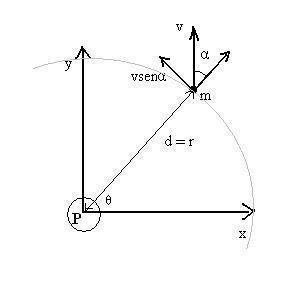Average Diameter of An Atom
The average diameter of an atom is 0.1 to 0.5 nanometer. One nanometer is one billionth of a meter. This type of measurement is used for expressing sizes in the sub-atomic world.
Properties
An atom is one of the most fundamental units of matter. It is made up of a central nucleus. This nucleus is encompassed by electrons which are negatively charged. There are electrically neutral neutrons and positively charged protons in the atomic nucleus. The only exception is hydrogen-1; it has no neutrons. The electrons are held to the nucleus by means of electromagnetic force.
Clusters of atoms can be held together and make a molecule. Atoms are neutral if the number of electrons and protons are the same. If the atom has more electrons, it will be charged positively. The charge is negative if there are fewer electrons. These atoms are classified based on the neutrons and protons in their nucleus. The chemical element is determined by the proton numbers. Isotope elements are determined by the atom’s neutron numbers.
About Atomic Radius
Although the average diameter of an atom can be determined, their outer boundary is not well defined. For this reason, atomic radius is used to describe their sizes. Atomic radius is determined by the distance of the electron cloud off the nucleus. But this is only applicable if the atom is spherical. This happens only if an atom is in free space or a vacuum.
Atomic radii can be obtained from a couple of nuclei. This happens when a couple of atoms bond together chemically. Radius will depend on an atom’s placement at an atomic chart. The radius also hinges on the chemical bond type and the number of atoms nearby.
In addition, the radius will be influenced by spin, a quantum mechanical property. The dimensions are much less than light wavelengths (400–700 nm). They are so small you cannot see them on a microscope.
Other Information
The dimensions of an atom go up when moved along columns in an atomic chart. The dimensions decrease when moved along rows. Because of this, helium is the tiniest atom with a 32 pm radius. The biggest is caesium with a 225 pm radius.
The average diameter of an atom, in fact its overall shape, may change if subject to electrical fields or other external fields. These fields can change an atom’s shape. However, the deformation will vary. Outer shell electron orbital types also influence the shape of an atom.





